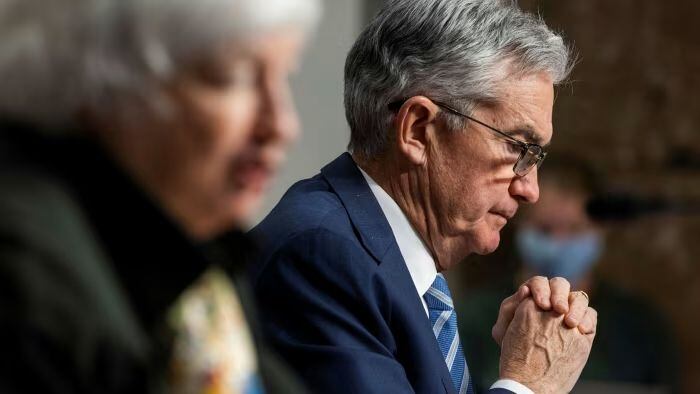
Treasury Secretary Janet Yellen said the labor market is no longer driving inflation in the U.S. economy to the extent it did early in the pandemic recovery, in comments consistent with remarks made earlier by the president of the U.S. Treasury. Federal ReserveJerome Powell.
The labor market was “initially very tight” during the post-pandemic rebound, but “We now have a strong labor market, one with fewer pressures that would create inflationary concerns.“We are not going to be able to do that,” Yellen told lawmakers on the House Financial Services Committee in Washington on Tuesday. She said the change came after an increase in job supply.
Unemployment in the United States surpassed 4% in May for the first time in more than two years. In a separate hearing on Tuesday, Powell told the Senate that the recent employment figures “send a fairly clear signal that labor market conditions have cooled considerably” and noted that the “probable direction” of the Fed is to cut interest rates.
Yellen also described the tax cuts enacted by former President Donald Trump in 2017 as “expensive” and “regressive,” when asked if they had contributed to America’s growing national debt. Trump has promised more such reductions if he is elected to another term in November.
Cooling of labor market
The U.S. labor market is cooling while prices remain high, Powell warned in written testimony, pointing to challenges other than fighting inflation that could prompt the Fed to begin cutting interest rates.
The US central bank “has made considerable progress“toward its goal of defeating the worst outbreak of inflation in four decades, Powell said in testimony before the Senate Banking Committee.
“Inflation has dropped significantly“over the past two years,” Powell said, though it remains above the bank’s 2% target.
Powell stressed that “High inflation is not the only risk we face“. Reduce rates”“Too late or too little could inappropriately weaken economic activity and employment.”
The head of the U.S. central bank is being questioned by the Senate committee in the first of two days of semiannual testimony before Congress. He will appear before the House Financial Services Committee on Wednesday.
Interest rates
From March 2022 to July 2023, the Fed raised its benchmark interest rate 11 times to a two-decade high of 5.3% to combat inflation, which hit 9.1% two years ago. The hikes raised the cost of borrowing by increasing mortgage rates, auto loans and credit card rates, among other types of loans. The goal was to curb lending and cool the economy.
In the past, Powell and other Fed officials repeatedly emphasized that the strength of the economy and low unemployment rate allowed them to be patient about interest rate cuts and wait to make sure inflation was truly under control.
But on Tuesday, Powell said the labor market “has cooled down although it is still strong”. He added that economic growth has moderated after a strong expansion in the second half of last year. Last week, the government reported that hiring remained strong in June, although unemployment rose for a third consecutive month to 4.1%.
Powell’s remarks on Tuesday did not offer the clue investors are most eager for: when the U.S. central bank will make its first rate cut. Still, they will likely confirm economists’ and investors’ speculation that the first cut will come at the central bank’s meeting in September.
With information from Bloomberg and AP
Source: Gestion
Ricardo is a renowned author and journalist, known for his exceptional writing on top-news stories. He currently works as a writer at the 247 News Agency, where he is known for his ability to deliver breaking news and insightful analysis on the most pressing issues of the day.












